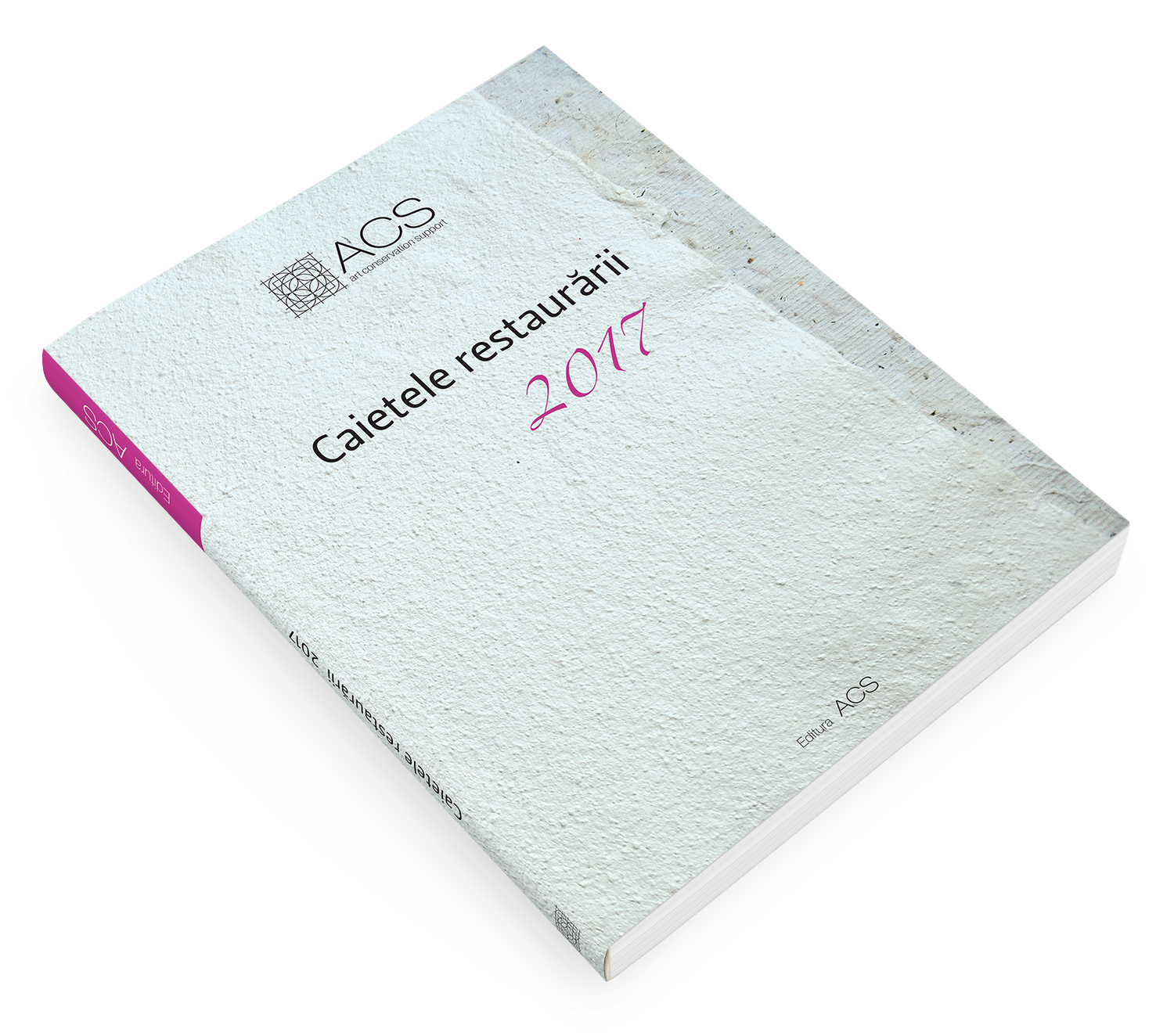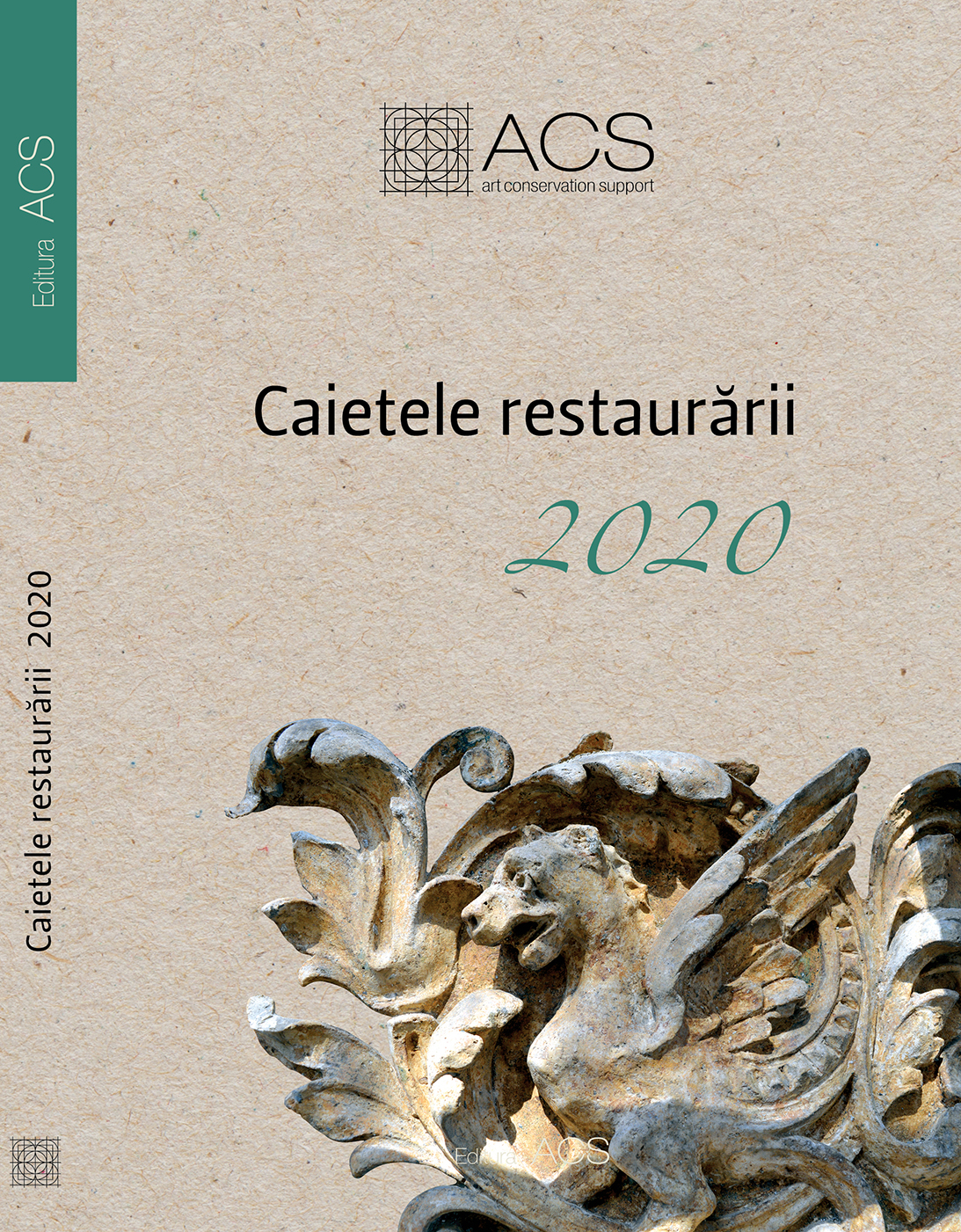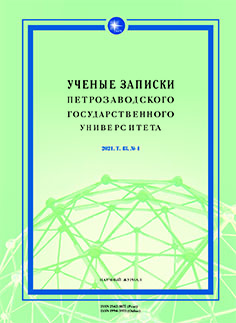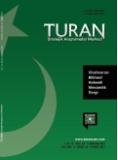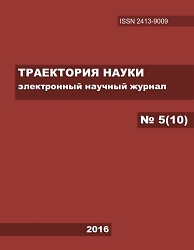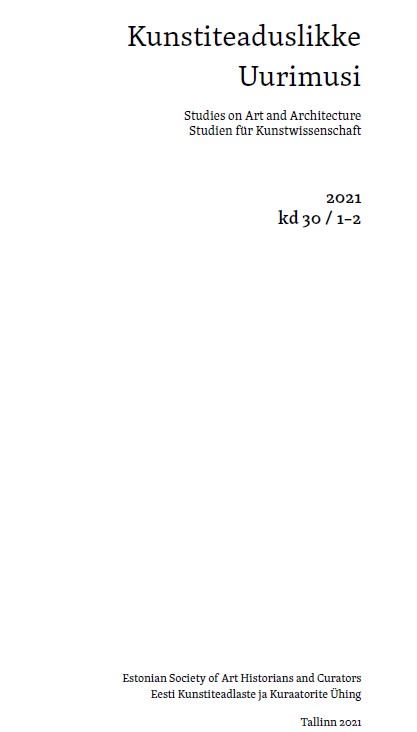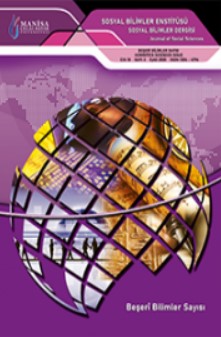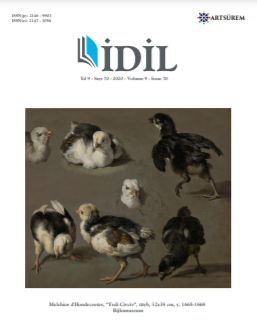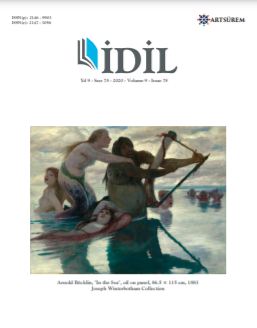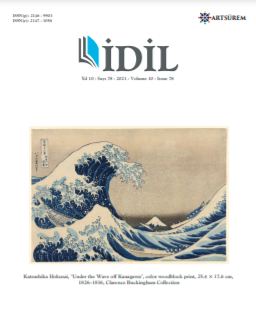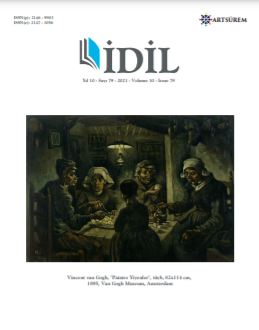Author(s): Neslihan Özgenç Erdoğdu,Mustafa Adil Öztürk / Language(s): Turkish
Issue: 78/2021
The concept of fear includes more than humanity’s physiological responses to sudden stimuli. Although it is known that fear is constituted as a result of a certain biological reaction, cultural and socio-psychological experiences not only play a sensational role in its formation but also they are the causation of fear transferring itself from one generation to another. The types of fear varies depending on its geography, culture, and time; however, many sources of fear, such as darkness, loneliness, natural events, war, hunger, disease have survived unchanged since the moment of human existence. The only change regarding this terminology then takes place according to the way humanity has been dealing with its consequences. Likewise, humanity undergoes fear through the experiences within culture, the reflection of the feeling of fear on art also has been directly related to the cultural level and has been represented by the point of view in the age it has taken a part. Hence, while the themes of fear idealized itself with a more symbolic language in the classical era, it has reconstructed itself with a new and unprecedented reality thanks to the suggestion by the Modern Age. The prominent product of this reconstruction predicated by the modern era becomes, therefore, nothing but the fear associated with the fractured industrialization and the technology offered by the modern era. In this study, thus, the concept of fear is theoretically handled in a way that the sources of fear among human beings are defined in general terms, and the theme of fear in the history of art is examined in a chronological order. In the later chapter, the concept of fear is examined through the works of art, made by modern artists; Max Beckmann, Otto Dix, and Ludwig Meinder. Here, then the readers briefly witness an analytical and interpretive comparison between the artistic expressions from the listed artists above and the aesthetic representations formed within the classical period. The aim of this study, in conclusion, is to reveal the way the terminology of fear has been aesthetically depicted from the period of the Renaissance to the Modern era, and emphasize the comparisons between the artistic methods of both periods which have respectively expressed the concept of fear according to their way of understanding the world.
More...
